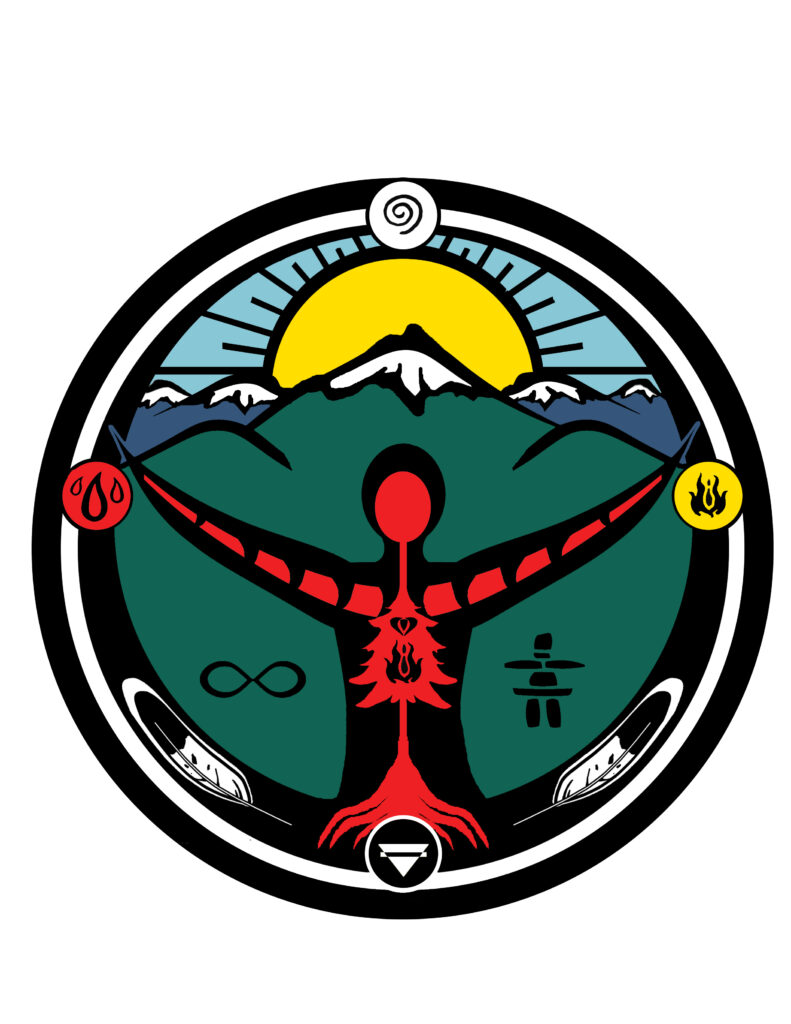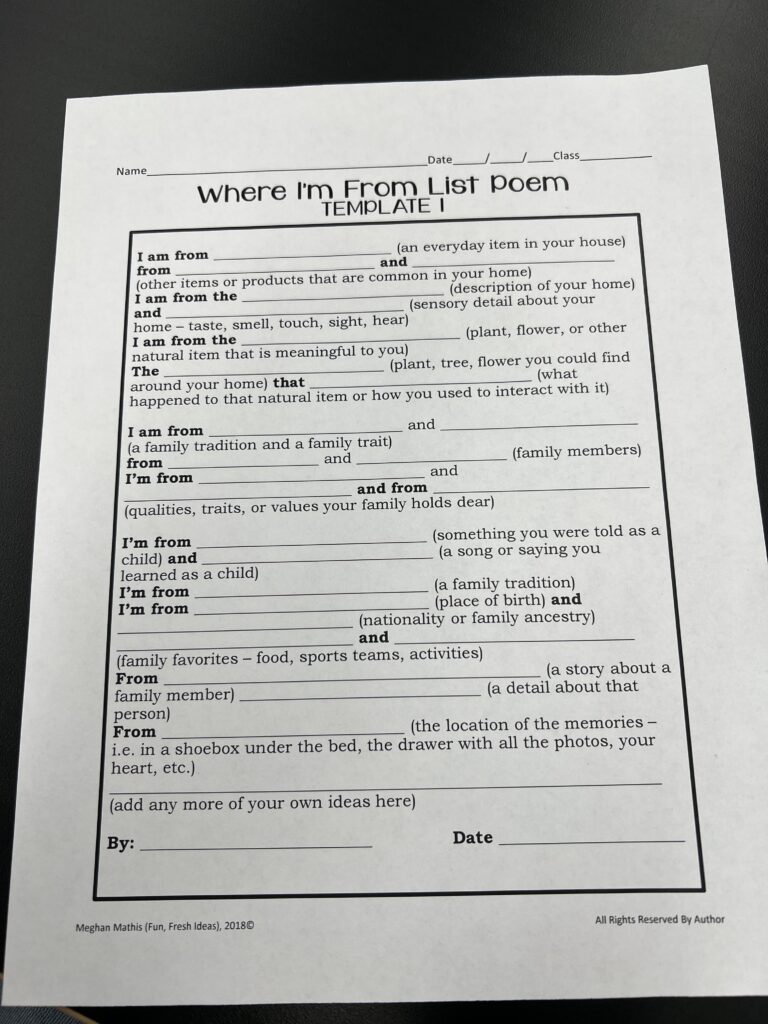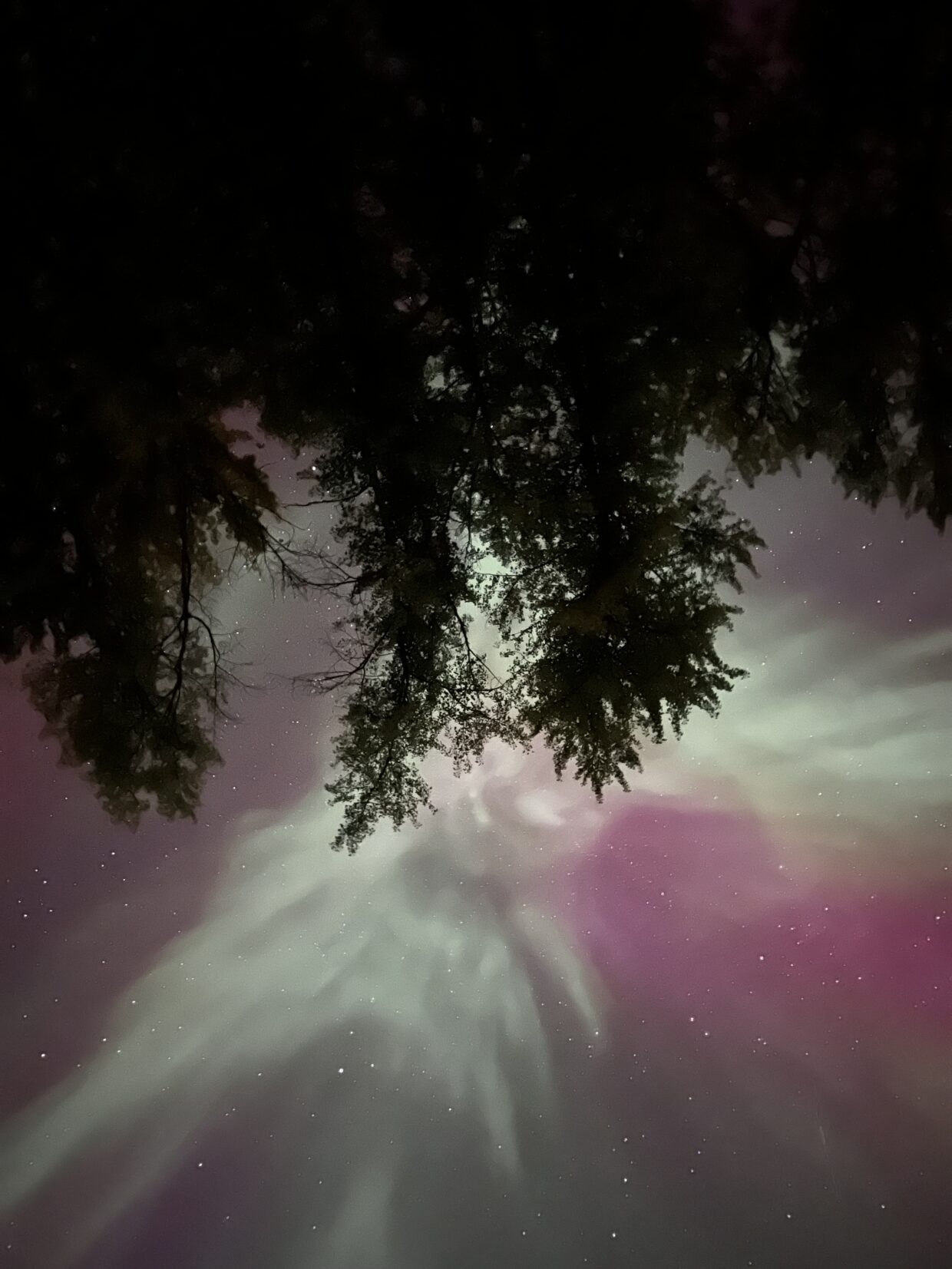
Indigenous education was something that was just starting to emerge while I was attending public school. We were fortunate enough to have elders from the Ktunaxa Nation share their knowledge with young children across School District 5. Having grown up on unceded Ktunaxa territory, I feel a strong connection to the land, and I truly feel that connection when I give territorial acknowledgments, explaining the love I have for this beautiful territory that surrounds us.
Although I grew up on Ktunaxa territory, I feel that I never truly learned about the painful aspects of the past regarding St. Eugene’s until my first year at COTR. That was when I was deeply affected by the grief of the horrific experiences Indigenous people faced. Therefore, I feel very strongly that it’s crucial to incorporate Indigenous learning and knowledge throughout our educational processes. I enjoy incorporating FFPL (First Nations, First Peoples, and Land) within my lessons and tailoring them specifically for those lessons, as it demonstrates the purpose interwoven into the lesson plans.
I found this video from CBC and thought it might be a highly beneficial resource anymore can use in their own classrooms to teach what the word indigenous really represents.
I sometimes ask myself, as a future educator, what are some ways I can ensure my students feel represented within my classroom environment? I believe that by fostering a safe environment where students feel comfortable sharing different aspects of their cultures, we can significantly benefit their learning and development. Incorporating days like Truth and Reconciliation or Red Shirt Day can also raise awareness across the school about the role we can play in supporting students. Additionally, having diverse books, posters, or assignments can help create a more inclusive space. I noticed that one way our presenter, Giselle, brought diversity into the activity was through the “Where I Am From” assignment. This activity helps students learn about each other and discover connections they may never have known existed.

How has our district made efforts to ensure Indigenous education and representation for all students?
SD5 District Enhancement Agreement:
- Specifically created for indigenous students by indigenous students
- To improve the academic achievement of all indigenous learners
- Goals for indigenous students gives representation and belonging to indigenous students across sd5
If you would like to read and access more of this enhancement click here-> https://www.sd5.bc.ca/page/6654/enhancement-agreement
What teaching competencies did I feel connected to this topic the most:
Uvic 1– Develop an awareness of your worldview and how this relates to others’ worldviews.
BC Teaching Standard 9– Educators respect and value the history of First Nations, Inuit and Métis in Canada and the impact of the past on the present and the future. Educators contribute towards truth, reconciliation and healing. Educators foster a deeper understanding of ways of knowing and being, histories, and cultures of First Nations, Inuit and Métis.
I feel that these standards align best with representing Indigenous education and recognizing the value of learning about Indigenous ways and knowledge. By fostering an understanding of Indigenous perspectives, histories, and contributions, we not only honor the richness of these traditions but also take meaningful steps toward reconciliation. This understanding helps create a better future for Indigenous communities across Canada by promoting respect, inclusion, and equitable opportunities in education. Embracing Indigenous knowledge benefits all learners by offering diverse worldviews, fostering environmental stewardship, and strengthening cultural connections that enrich our society.
